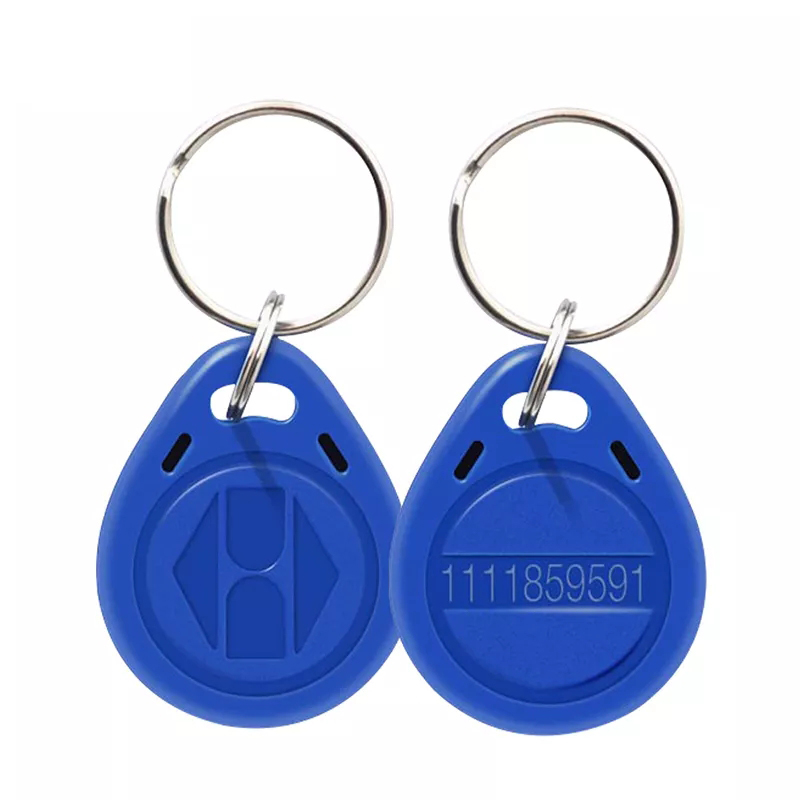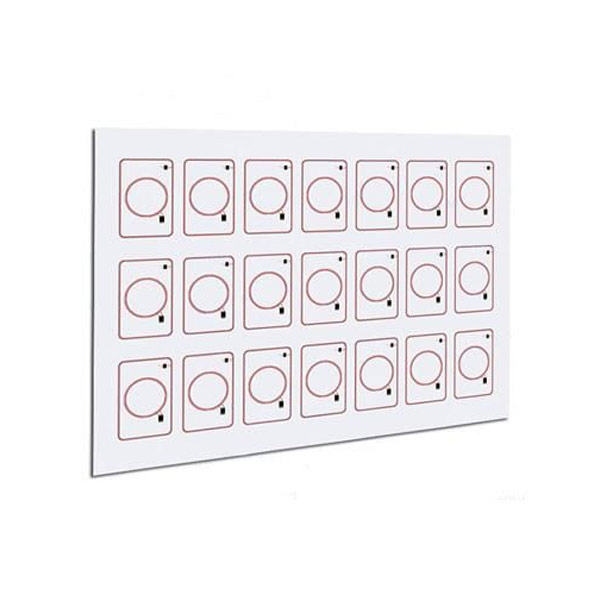in 1974, a French journalist named Roland Moreno applied for a world patent for the idea of a miniature controller to be inserted into a plastic bank card. Moreno believes that one day we will have a Smart card in our hands, just like an electronic money manager.

the dreamers in the bank card industry embraced his idea with great enthusiasm. This enthusiasm fuelled discussions within the French government, finance, transport, healthcare, radio communications and other sectors. This in turn began a series of experiments that would change the face of card technology.
With Smart card technology, the typical comments of sceptics made a French phenomenon inexplicably become a global business. But just thirty years later, Smart cards are being used in areas ranging from e-commerce to the fight against terrorism, and their various applications are now continuing to introduce new developments to this maturing technology. in business, Smart cards have become increasingly visible - their unique combination of confidentiality, practicality and the competitive production costs associated with mass production make them the most popular card technology.
Under pressure from increasing card fraud, the payment card industry is desperate to find a secure card product. in an examination and evaluation of various card technologies, Smart cards have emerged as the best and most cost effective solution available.
the global payment card industry has taken a number of important initiatives, undoubtedly one of which is the EMV standard, established in 1994, which enables all merchants to process all Smart cards at one POS, regardless of the issuer or brand of the card. This industry standard also ensures the versatility and interchangeability of various credit and debit card products.
Today, a whole industry is growing with Smart cards at its core. there are now over 200 suppliers selling Smart cards and their associated devices and systems worldwide. the issue of card interoperability is easily solved by the creation of the EMV standard, an industry standard that specifies the card information transfer protocol.
As Smart cards continue to evolve, a myriad of Smart card-related features are being introduced. Some of the latest features include: public key infrastructure (PKI), a management framework that is the basis for secure transactions in e-commerce applications; and new technologies such as fingerprint recognition, which can replace traditional Pins on personal cards, are being developed. in the near future, biometrics will be integrated into Smart card operating systems and users will be able to use cards that combine Pins and biometrics





